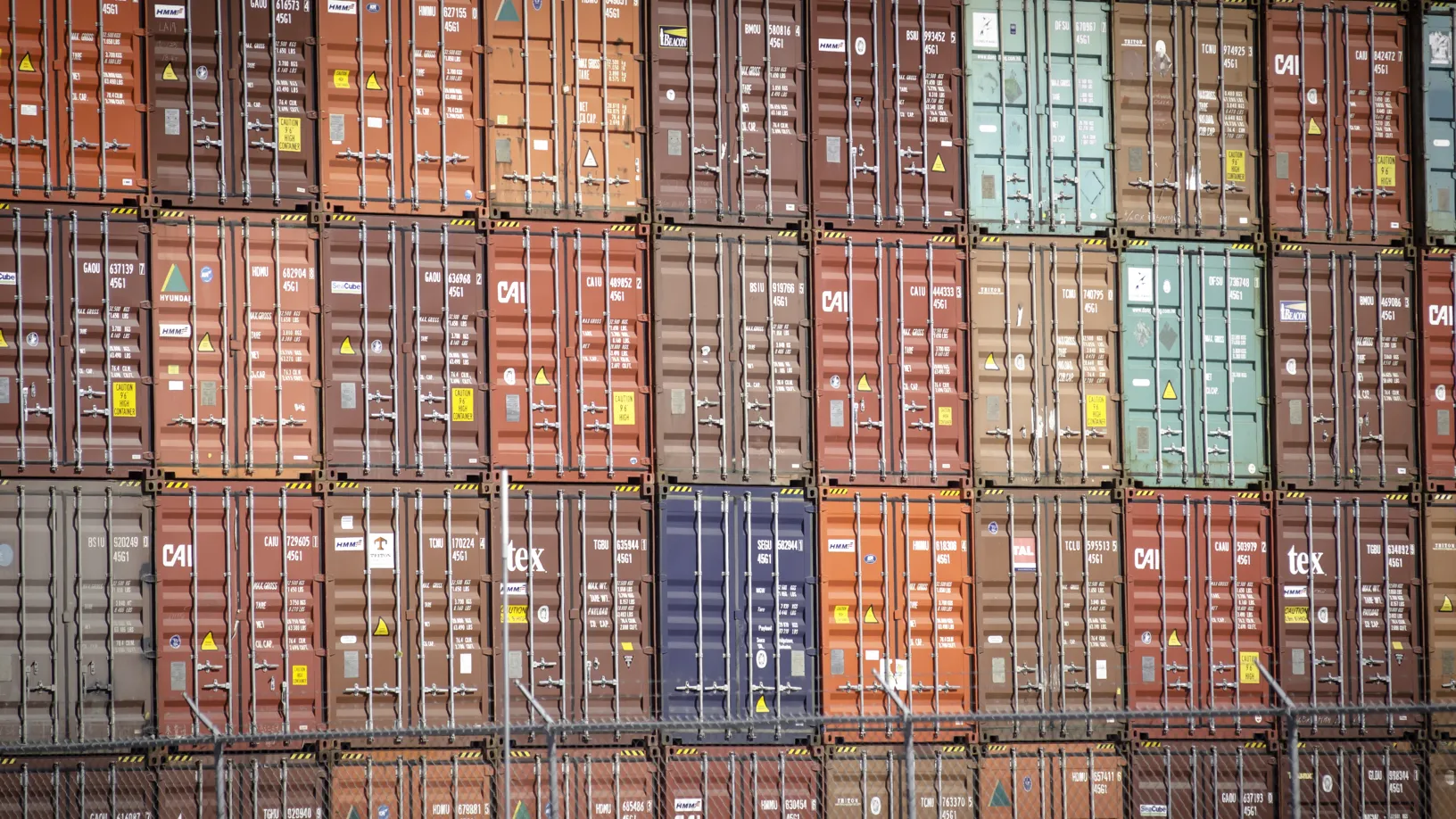The timetable for a container shipping correction keeps receding into the distance, which is either very good news or very bad news, depending upon which side of the market you’re on.
The first predictions for a downturn were for October 2020 after China’s Golden Week holiday. Then it was post-Lunar New Year 2021, then mid-2021, then the end of last year, then post-Lunar New Year 2022.
With Lunar New Year 2022 now underway and container freight rates, ship charter rates and port congestion still at or near all-time highs, timing sentiment is turning to 2023.
“Forecasts for a market correction have been repeatedly kicked down the road,” said Alphaliner on Tuesday. “A growing consensus now suggests that the current supply chain chaos will last at least throughout 2022.”
Confidence in the shipping boom’s duration has propelled the sale-and-purchase market for container vessels to record levels. “The number of container vessels changing hands reached an all-time high in 2021 after shipowners appeared willing to pay almost any price to secure tonnage,” said Alphaliner, which noted that the growing consensus on longer market strength may “justify [2021] purchases with delivery deferred to this year.”
Alphaliner reported that there were 572 container ships sold last year “equivalent to a breathtaking 1.94 million TEUs [twenty-foot equivalent units],” 26% higher than the prior annual record in 2017, a year when sales were inflated by the spectacular collapse of ocean carrier Hanjin.
It’s not just the S&P market. In the charter market, rates have risen to fresh all-time highs in 2022, with “a growing trend toward forward fixing far into the future, with some vessels extended or fixed nearly one year before being delivered,” said Alphaliner.
Evidence of industry confidence in 2023: MSC reportedly extended its charter of the 6,493-TEU MSC Bosporus for five years at $50,000 per day, with that extension not even beginning until this December. Alphaliner also reported that MSC extended contracts for several 8,500- to 9,500-TEU ships owned by Danaos (NYSE: DAC), with some only taking effect next year. Danaos confirmed that it has extended some charters with start dates as late as April 2023.
Stronger for longer
Matthew Cox, CEO of Matson (NYSE: MATX), said last month that he expects trans-Pacific congestion and elevated consumption trends “to remain largely in place through at least the October peak season and elevated demand for our China service [to remain] for most of the year.”
During a recent analyst panel presented by Capital Link, DNB analyst Jorgen Lian said, “Things are looking stellar and they continue to be looking strong for longer than we thought.”
Lian pointed to “substantial fleet growth coming to market in 2023 and 2024,” but added: “We’ve been playing around with an idea for a bull case: If you don’t see the congestion issues easing before you get these [newbuild ship] deliveries in 2023 and 2024, you have 15% more capacity waiting in queue in those same ports, and then all the sudden it becomes a port issue, not a shipping issue.”
That’s already the case in the current cycle, Lian said. “It’s not all about the shipping balance. It’s about what goes on with the land-based side of logistics.”
One of the earliest proponents of the congestion-into-2023 thesis was ocean carrier Zim (NYSE: ZIM). What once sounded self-serving now sounds more mainstream.
During a conference back in August 2021, Zim CFO Xavier Destriau argued that the overcapacity threat from newbuilds delivering in 2023 was low, partially because “congestion of land infrastructure, particularly in the U.S., will continue to adversely impact fleet efficiency. Operational constraints in the U.S. are likely to persist,” and “landside bottlenecks” would “partially offset the net fleet growth reflected in the increased orderbook,” he maintained.

What if there’s no switch to flip?
The Biden administration and the ports continue to focus on ways to alleviate the supply chain crunch. The question is whether any significant progress is possible until U.S. import demand falls substantially.
“There are a couple different theories,” commented Flexport Chief Economist Phil Levy in a recent interview with American Shipper. “One is that we have this sustained, elevated demand that’s driving this. That’s my view. Another is what I call the ‘who forgot to flip the switch?’ theory — that there’s something wrong with supply chains and somebody was asleep and if we just flipped the switch, it’ll all be better. That we just have to solve these temporary supply chain issues.”
If the sustained-demand theory is correct, and if there is no economic downturn in the U.S. that slashes demand in 2022, the argument that supply chain pressures and port congestion will persist into 2023 appears increasingly credible. That, in turn, implies a lengthier period of much higher transport costs and much longer transit times for cargo shippers.
The U.S. port congestion situation is much worse now than it was a year ago.
At the ports of Los Angeles and Long Beach, which handle 40% of U.S. imports, 40 container ships were idling offshore and waiting for berths on Feb. 1, 2021. A year later, there were 101.

The LA/LB queue numbers plateaued in January, averaging 101 per day and peaking at an all-time high of 109 on Jan. 9. (Update: By Feb. 8, the queue had fallen to 78 ships, a significant drop from January but still up 160% year on year; see story here).
Given how substantial the backlog remains, fully clearing the LA/LB queue prior to 2023 may be unrealistic. Last year, the queue fell by 30 ships between the beginning of February and the third week of June, but after that, seasonal imports inexorably pushed up the queue tally into the end-of-year holiday period.
Reference: https://www.freightwaves.com/news/supply-chain-chaos-and-port-gridlock-could-drag-on-into-2023

